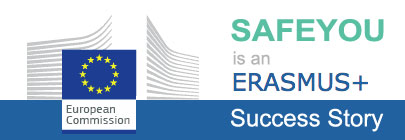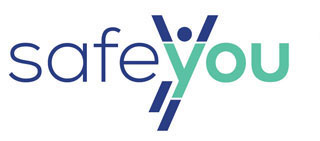Hurray physical activity!
According to the World Health Organization (WHO), for physical activity it is any body movement that involves the skeletal muscles that requires energy expenditure.
For exercise , however, it means physical activity structured, planned and systematic that aims to improve fitness and health over time.
A large number of scientific research has demonstrated that physical activity and regular exercise has many health benefits both psychological and physical children, adolescents, young adults and the elderly.
Physical inactivity (ie physical inactivity) in contrast is the fourth in mortality risk factor in the world and contributes to the deaths of millions of people a year could be avoided. A sedentary lifestyle is in fact associated with overweight and obesity, and risk factors, such as high blood pressure or a high rate of cholesterol in the blood. WHO estimates that about 21-25% of cases of colon and breast cancer can be attributed to physical inactivity .
In one sentence: physical activity and exercise can save lives!
Where is the problem?
There are definitely positive effects of physical exercise on health and sports. However, there is a ” dark side ” related to the fact that some use performance-enhancing drugs to improve their physical performance and / or its image and physical fitness. Among the most used performance-enhancing drugs, there are hormones such as testosterone or growth hormone and many other drugs and medicines, which should be used only when prescribed by a doctor for health reasons.
At European level (the European Code of Conduct on Fitness Anti-Doping), there is a code of conduct to combat doping. This code of conduct states that doping practices in the contexts of fitness (gyms) and amateur a) sports can threaten the health of individuals who use doping substances, b) may pose a threat to those people who interact or find themselves sharing the situations in which they find those who use doping substances, c) to damage the integrity and reputation of the companies fitness and sports industry, d) affect the behavior of the younger population and e) assist or encourage criminal nature of activities carried out by organizations that manage the drug trade.
Nevertheless, while professional sports are at least partially aware of these threats with anti-doping campaigns and educational interventions in the round, the “fitness” industry and amateur sports do not have similar resources to combat doping.
What SAFEYOU ago why?
The SAFEYOU project seeks to respond to the growing need for:
- A better understanding of the reasons why young people who practice physical exercise to use performance-enhancing drugs
- Develop strategies in the round to prevent the use of performance-enhancing substances in amateur sport and fitness, especially among young people
- Make interventions that are effective in protecting the doping risk those young people who practice amateur sports and fitness activities.
To learn more about the general characteristics of SAFEYOU project, its organization and its objectives, you can click on the box shown above (ABOUT THE PROJECT).
In case you are interested in learning more and to receive “news” SAFEYOU and updates on the project, you can subscribe to our “newsletter” by sending an email to the email address info@safeyou.eu in English (writing).
You can also connect and follow the developments of the project SAFEYOU using social network Facebook and Twitter.












